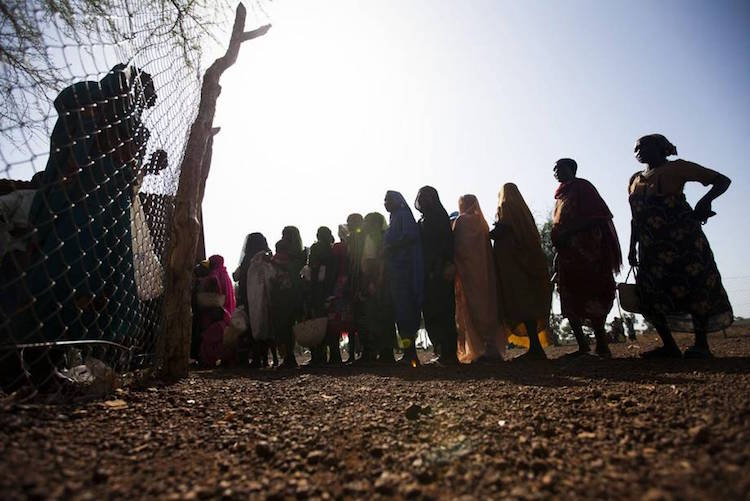By Jaya Ramachandran
NEW YORK (IDN) – While migration has throughout history been a driver for development, the cost becomes too high when people find that leaving their homes is their only alternative, according to FAO Director-General José Graziano da Silva.
“Migration should be an act of choice, and not a desperate last resort,” Graziano da Silva said during the UN Summit for Refugees and Migrants on September 19.
Bolstering the opportunities that allow rural people in developing countries to remain at home is a critical component of any plan to tackle the contemporary migration crisis,
“A necessary first step is to address the factors that lead to distress migration,” he said, adding: “We must create the opportunities for rural people in developing countries to stay in their home.”
While that is ultimately a collective effort, investing in sustainable agriculture and rural development is an integral part of any solution, Graziano da Silva said.
Large-scale cross-border movements in recent years have sparked tensions in some countries, placing migration high on the diplomatic agenda and front and center at talks at the UN in New York.
A starting point for effective action is rural areas in developing countries, where more than 75 percent of the world’s poor and food insecure live.
Such people are highly vulnerable to conflict, persecution, poverty, lack of employment, inequality, environmental degradation and climate change, each and all of which can “quickly chip away at their capacity to provide a decent life for their families”, Graziano da Silva said.
With this in view, FAO promotes measures aimed at building resilience and fostering development in countries where many of today’s migrants originate. Ensuring adequate access to land and water, empowering women, and promoting financial inclusion to boosting family farming, paying special attention to rural youth’s needs and prospects, and strengthening social protection schemes that can serve as buffers against shocks are among FAO’s key priorities.
FAO has published a booklet titled ‘Migration, agriculture and rural development‘ that addresses the root causes of migration and harnessing its potential for development.
Key messages of the booklet are:
– The dimensions of contemporary migration call for global action, which must be comprehensive, bringing together humanitarian and development responses
– Many individuals and families migrate from rural areas for economic reasons as they see no viable option for moving out of poverty within their own communities.
– Conflict, extreme weather events and political instability are among the root causes of migration.
– Migration is part of the process of development. As economies undergo structural transformation, the movement of people in search of better employment opportunities within and across countries is inevitable.
– Migrants can be agents of development, contribute to economic growth and improve food security and rural livelihoods. Orderly, safe and regular migration of people underpins the 2030 Agenda for Sustainable Development.
The FAO booklet underlines that migration represents a major development and humanitarian challenge, calling for a broad and comprehensive perspective.
“Advocacy and communication at the national, regional and global levels is necessary for the importance of investing in the world’s most vulnerable who would otherwise be forced to migrate. Each development partner needs to work in partnership on those areas in which it has a special competence,” stresses the publication.
Facts and figures put together by FAO also underline the logic behind its Director-General’s view that migration should be an act of choice and not a desperate last resort.
There were an estimated 244 million international migrants in the world in 2015, a 40 percent increase since 2000. At the same time, internal migration flows are even larger, involving an estimated 740 million people in 2013. Forcibly displaced persons number roughly 65 million, more than a third of whom are refugees or asylum seekers.
More than half of all rural households in many African countries report having at least one member who has migrated away.
While refugees from conflict situations are often highly visible, 87 percent of people in conflict zones do not flee their homes despite facing severe food insecurity. And almost all of those that do end up in developing regions, with the largest host countries being Turkey, Pakistan, Lebanon, the Islamic Republic of Iran, Ethiopia and Jordan. [IDN-InDepthNews – 19 September 2016]
Photo: Doro refugee camp, in Maban, South Sudan. Credit: ©FAO/UNHCR Albert Gonzalez Farran
IDN is flagship agency of the International Press Syndicate.

